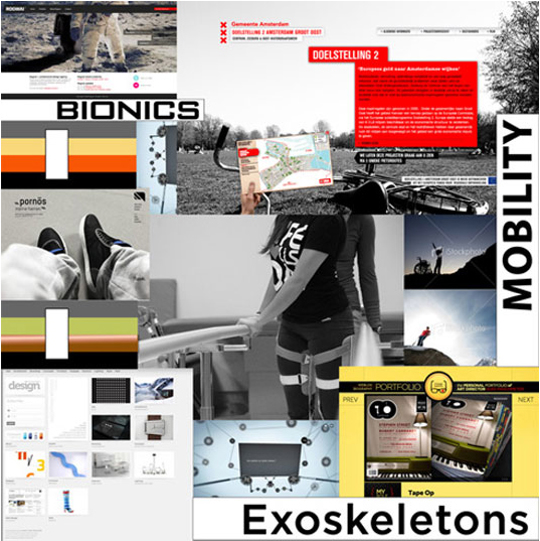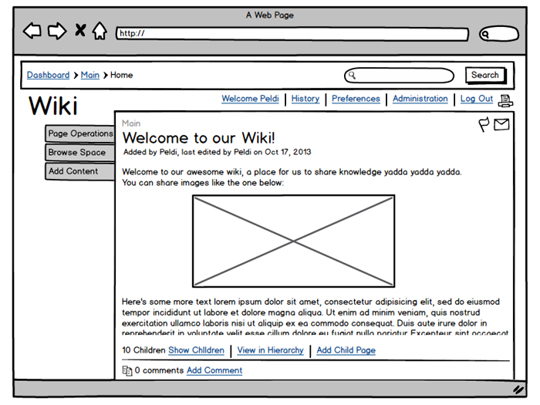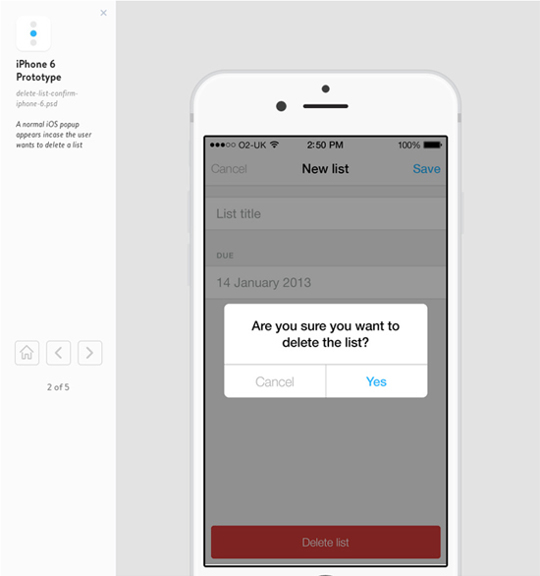In honor of Photoshop's 25th Anniversary, I want to discuss the wonderful process of web design. There are many talented hands that go into making awesome websites, but for this post I will focus on the designer’s role in the web design process– from the discovery phase all the way up to awesomely interactive prototypes. Buckle your seatbelt!
Many people don’t realize how many steps are involved in the process of web design. When designing a website, a designer is starting from a blank slate – err page. And there is more to web design than just opening Photoshop and adding a few well-placed text boxes and images.
Even the best designers can fail if they skip over the early important steps.
So, let’s take a journey through the art of designing badass, user-friendly, websites.
Discovery
First, you can’t design a website if you don’t know who the client is, what their goals are, and who their target audience is. If you’ve already started designing and you haven’t figured this out yet, you’re already failing. Scrap that design and start over – the right way.
It’s important to understand the client’s business, their industry, what they’re selling, and who they’re selling it to. I like to call this the “Information Gathering Phase” because that’s your goal in this stage of the game. It is meant to gather as much information about the client and their audience as possible, so you can make clear, informed decisions later and tailor to their specific needs.
Some questions that are typically asked during Discovery:
- What is the business?
- What are you selling?
- What are you trying to achieve?
- What are the business goals?
- What are the website goals?
- Who are the target users?
- What do the users want from the website? *Please, don’t forget this step. User experience is essential.
- Who are the competitors?
Getting the answers to these questions will help create a strong base for all of the design decisions that follow.
Brand Visualization
Whether the website is for a new or existing company, I still find that it is important to visualize the brand and what their future website will be. Once, you’ve gathered the brand assets (logo, brand guidelines, etc.) you will use them in conjunction with the information gathered in the discovery phase to create a mood board.




Web Design
About the author
Alex Vilmur
Alex Vilmur is a wizard at development and also trumpet. He once auditioned for The Mighty Mighty Bosstones, but found his passion for website development and Umbraco made it too hard to leave.